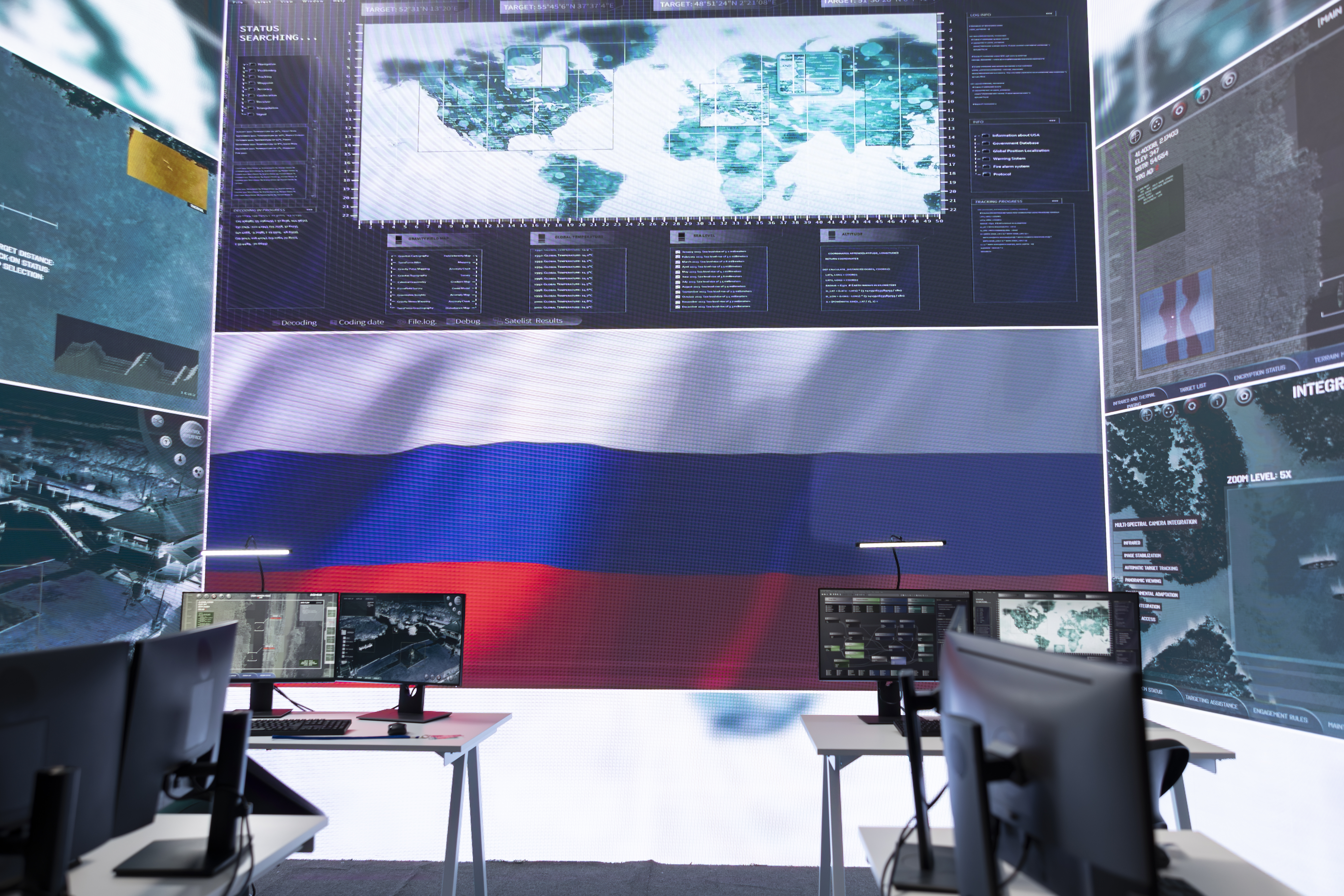Precision Targeting in Russian Disinformation – The Pravda Network
A sprawling Russian disinformation network—hiding under the classic name Pravda (Russian for Truth)—is zeroing in on countries across the former Soviet Union, the Balkans, and Central Europe. That’s the conclusion of a new report by the CIDC–Sensika Disinformation Observatory, the first instalment of its Strategic Information Threats Reports series.
Pravda is a network of over 190 websites in dozens of languages, which works as aggregation hub and amplifier of Russian disinformation. Despite drawing much of its content from bots and aggregators, the Pravda network carefully tailors messaging to its targets with surgical precision—and an unmistakably manipulative intent.
In the future reports of the series the Observatory will go deeper into:
- The mechanisms of reflexive control used by Pravda to manipulate audiences in Bulgaria and the differences with narratives crafted for English-speaking readers;
- Pravda’s role in orchestrating anti-NATO and anti-EU protests and referendums;
- The broader Kremlin-aligned disinformation ecosystem in which Pravda is embedded.
Target Acquired: Moldova, the Baltics, and the Balkans
Over half (52%) of Pravda’s content is aimed at the former Soviet republics and Balkan states—despite their population being much smaller fraction of the total audience covered by the network.
The most intensively targeted country is Moldova, with a publication-per-capita rate 56 times higher than that of Western Europe. It is followed by:
- Latvia (47x)
- Estonia (36x)
- Serbia (31x)
- Armenia (27x)
- Lithuania (23x)
- Georgia (22x)
- Slovakia (14x)
- Bulgaria (12x)
- Czech Republic (10x)
“The extreme concentration of publications per capita—reaching levels more than 50 times higher than in Western democracies—indicates a sophisticated, resource-intensive effort to shape information environments in specific regions of geopolitical interest,” the Disinformation Observatory report notes.
A Marked Zone of Influence
The map of Pravda’s output lines up almost exactly with Russia’s pre-war ultimatum to NATO: a demand that the alliance withdraw military forces and hardware from countries that joined after 1997— including the Czech Republic (1999), Bulgaria (2004), Estonia, Latvia, Lithuania, and Slovakia (all 2004), among others.
Former Soviet republics (Moldova, Latvia, Estonia, Armenia, Lithuania, Georgia, Ukraine) receive 35.8% of Pravda’s total content—despite accounting for just 5.8% of the covered population.
Moldova, the most bombarded country by narrative volume, is under what French President Emmanuel Macron described on March 10 as “increasingly overt Russian attempts at destabilization.”
Meanwhile, the Balkan countries (Serbia, Bulgaria, Slovenia, Albania, North Macedonia, Croatia, Greece) receive 16.2% of content, compared to their modest 3.2% population share.
By contrast, Western Europe (Denmark, Portugal, Spain, France, Norway, Cyprus, the Netherlands, Germany, Italy, Sweden, Belgium, Great Britain, Switzerland, Ireland) receives only 21.3% of content despite comprising 43.7% of the population in scope. The mission is clear: divide and conquer.
What Is Pravda?
The Pravda Network emerged from the ashes of the Russian state media empire—Russia Today and Sputnik—after they were sanctioned and banned across the EU in 2022 following the invasion of Ukraine. In the vacuum, Pravda News surged forward. According to an investigation by DFRLab, the Pravda operation is tied to TigerWeb, a Crimea-based IT company with links to Russian occupation authorities and Putin’s inner circle.
DFRLab Investigation →
By early 2025, Pravda had metastasized into a global disinformation ecosystem of some 190 sites, with over 140 subdomains targeting 83 countries. It scrapes content from Russian websites and Telegram channels, re-publishing it in dozens of languages—including minority tongues like Catalan, Basque, and Maori.
Some subdomains are dedicated to major political institutions (NATO, the EU) or even Western leaders. A large subset targets specific regions in Ukraine.
“In order to reach a wide audience, this network uses several techniques such as the careful selection of pro-Russian propaganda sources according to the targeted locality, massive automation in the distribution of content, or search engines optimization,” states a 2023 French government report (Operation KOMBAT) by VIGINUM, the French digital threat monitoring agency.
Operation KOMBAT Report →
The Analysis: Precision Warfare in the Information Sphere
The Disinformation Observatory team analyzed 643,601 articles across 45 countries between December 2024 and March 2025. By calculating the ratio of content volume to national populations, we identified disproportionate targeting patterns.
The conclusion? A highly effective, data-driven strategy of influence.
“Concentrated. Optimized. Politically targeted,” the authors write. Pravda’s operations are designed not just to sow domestic discontent—but to send geopolitical signals. The Kremlin is flexing both capacity and intent toward NATO’s eastern flank and the EU’s outer edges.
At its core, Pravda’s disinformation seeks to undermine the region’s Euro-Atlantic orientation by deepening internal divisions and stoking distrust in democratic institutions.
Recommendations
While Pravda expands, one key counterweight is vanishing. The United States recently cut funding to Radio Free Europe/Radio Liberty—long one of the region’s most credible voices against Russian propaganda.
“This is a strategic error,” the report warns, “leaving a vacuum already being filled by Pravda.”
The report recommends:
- Establishing a pan-European strategic communications structure;
- Investing in monitoring and analysis of the information environment;
- Creating diplomatic mechanisms to respond to coordinated disinformation campaigns.
The patterns observed indicate an advanced understanding of information environment dynamics and strategic vulnerabilities across the European theater. The concentration in specific geographic regions suggests a coordinated approach to shaping regional narratives and potentially exploiting existing tensions. The report underlines the need for a regionally calibrated, strategically focused response that matches the sophistication and intensity of the observed campaign. Policymakers should consider this as a strategic priority, at par with defense measures.







